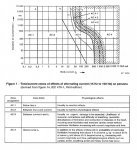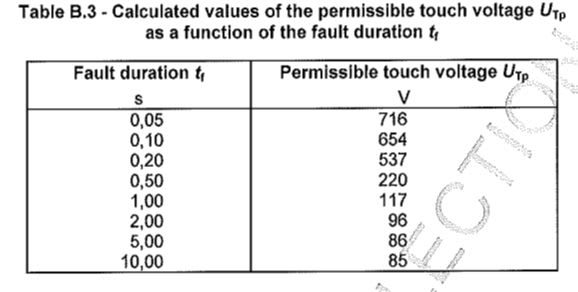This is basic text book stuff here.
You need to move beyond basic text book stuff. It is more complex than you realize.
So even at 1,000 ohm-meters at around 160 meters we are down to 1 ohm. At 1 km away it's only 0.16 ohms. By that point resistance is far lower than a cable of the same length,
That is not how it works. You would do well to study Carson's equations and the associated calculations for overhead transmission line impedance and fault modeling. I have quite a few posts about that here and even went through the formulas and calcs (I think I completed the series anyway...don't remember).
so the resistance of the neutral, not Earth, can be ignored.
You can't ignore either one.
Based on personal experience in open pit mining generally this happens at about a mile away based on Eastern US conditions. The distance will increase in say New Mexico but not the principle behind it.
I would be interested in hearing about these experiences as I have not worked in pit mining.
However, these experiences seem to have led to some peculiar conclusions. There may be something different you are talking about but in the context of the OP they appear at first glance to be way off. One would expect empirical data to generally align with accepted engineering theory and practice.
So now getting to your invalid N-E argument a standard utility multigrounded system has a neutral/static line grounded at every pole. This is done primarily for the purpose of controlling transients among other concerns.
A straw-man argument. That is not practice by standards but practice by experience in certain areas. The standard is still 4/mile plus at equipment poles. In today's world of broken grounds and wire theft we see many utilities practice grounding every primary pole in places. This will vary, even internally to an individual utility. Soil conditions, lightning frequency, population density, economics, reliability index, etc. all play a role.
Not grounding is a huge Code (NESC this time) and safety violation.
Well its a good thing no one is suggesting that then isn't it?
So I would completely agree N-E does not apply because it is equal to zero where you are incorrectly assuming it is some large value which can be ignored.
Your premise is not supported by engineering standards or analysis.
Because of this fact we cannot ignore Earth resistance since the Earth and neutral lines are in parallel with each other as well as shorted together at multiple points. Based on Earth resistance, we can safely ignore resistance in the neutral and use Earth resistance which is nearly zero as well. Thus the drop is all on the phase conductor.
You are simply wrong. Near a ground fault, the current travels mostly in the earth but quickly climbs the pole grounds on the way to the station. The current tends to follow the line and if long enough, about 1/2 will travel in the earth and 1/2 on the neutral in the middle of the circuit. More will travel on the neutral at the endpoints
You simply cannot take the grossly oversimplified view that Earth resistance has no bearing on utility distribution systems with the simplified assumption that Earth resistance is so high that it can be ignored.
Another straw-man argument and not what I have said at all.
It is not so simple with utility systems. Heck with your model we wouldn't need static lines, pole grounds, or really even substation grounding at all!
The model I use is the same model used by transmission and distribution engineers all over the world. It is not something I came up with.
The model(s) you have been supposing I'm using comes from who knows where.
Even switching transients would not exist. You need to use the full transmission line model, not just a 2 wire loop in space with no consideration for capacitive coupling or Earth resistance, whenever line length exceeds a few hundred feet. That is what is missing here and why energized structures as well as GPR rise behave differently from what you would expect. In fact GPR would not exist in a L-N fault in your scenario. It clearly does as anyone working faults can tell you.
You are making assumptions about a model that has not been proposed by me so you are arguing against some strange model that you came up with, not one I use.




